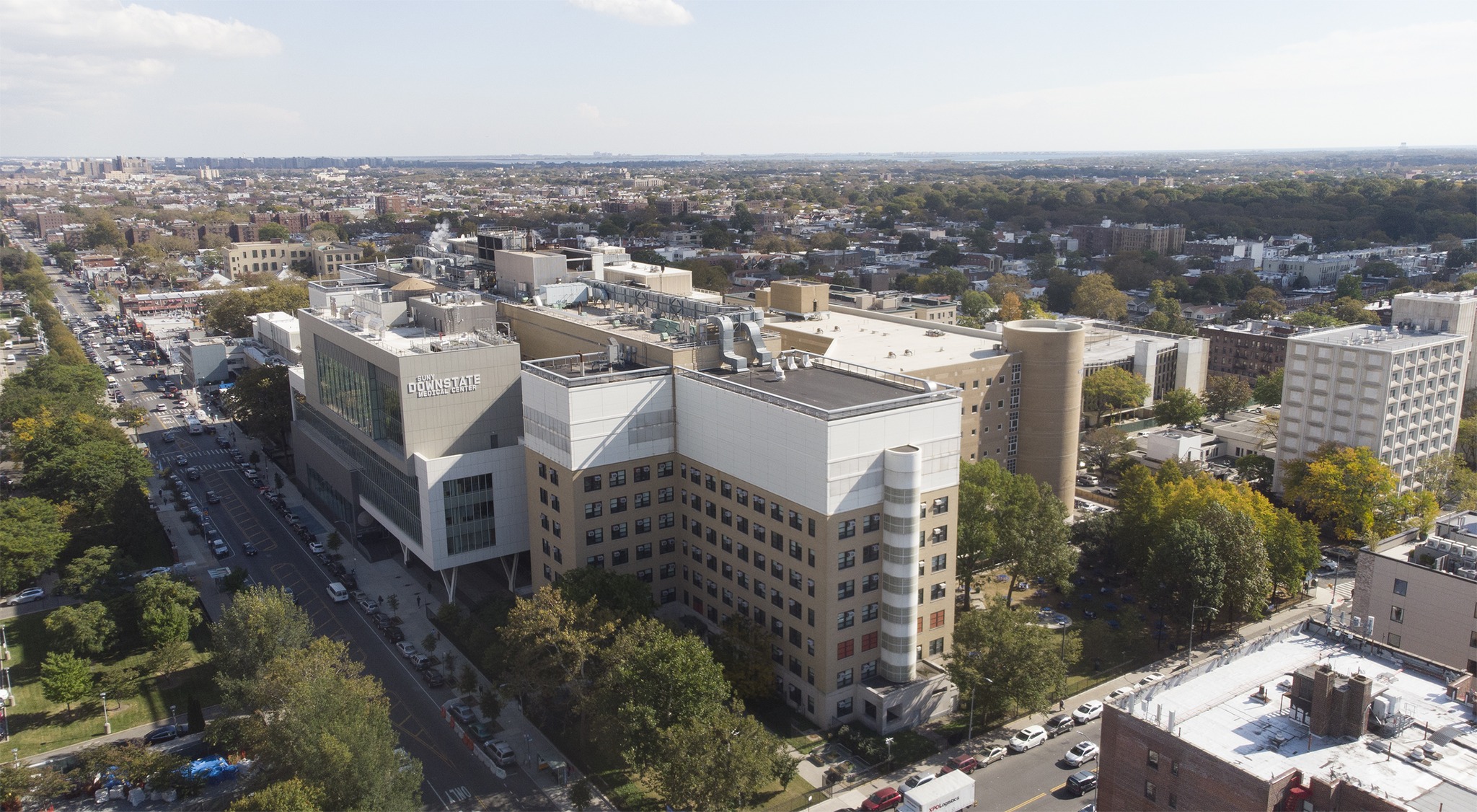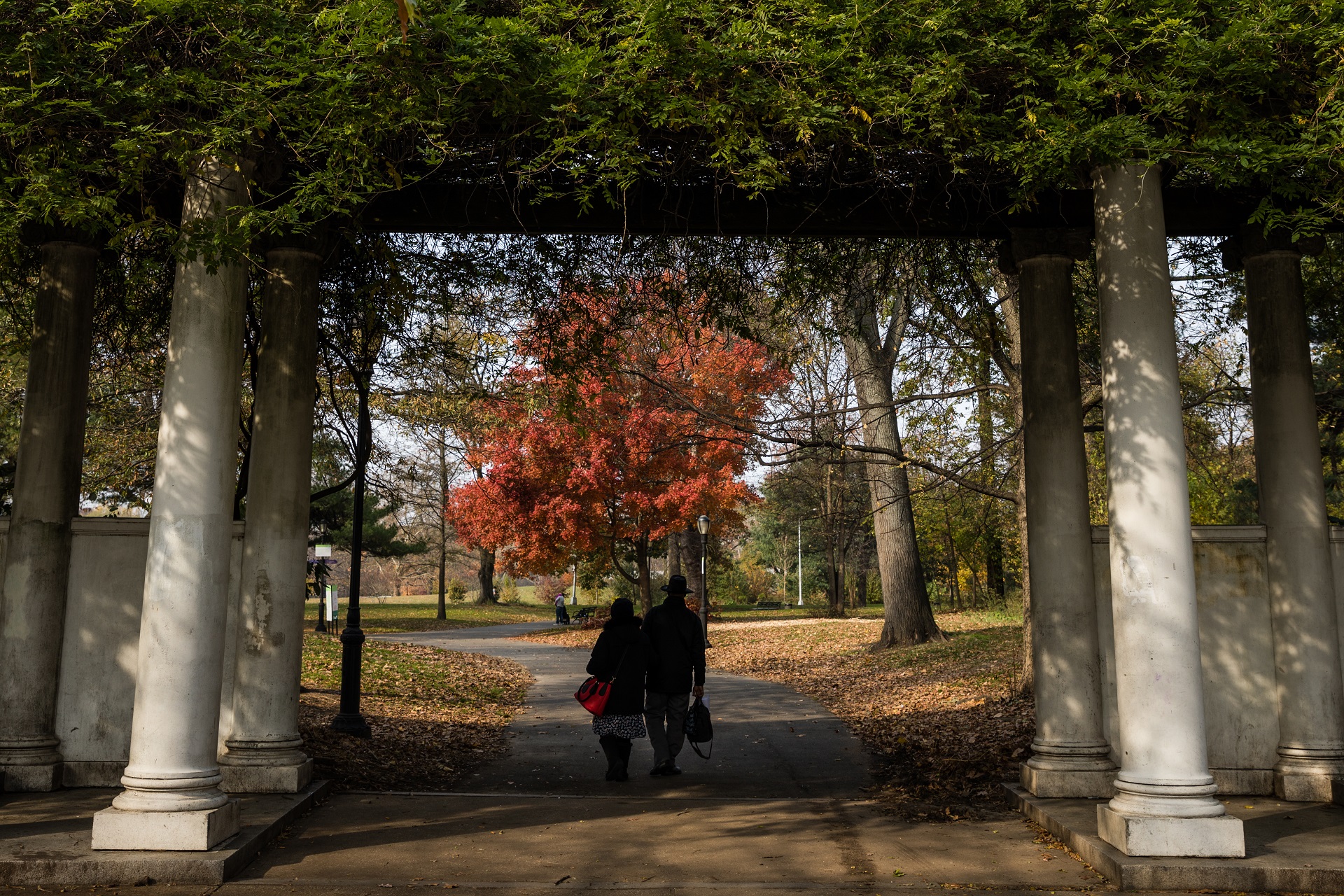
SUNY Chancellor weighs in on vision for a stronger Downstate, built with community input

Downstate Medical Center, Brooklyn’s primary medical school in the State University New York (SUNY) system. Noted as a research facility as well, MRI was developed and invented here by Dr. Raymond Damadian in the 1960s.
Photo courtesy of SUNY
Photo courtesy of SUNY



